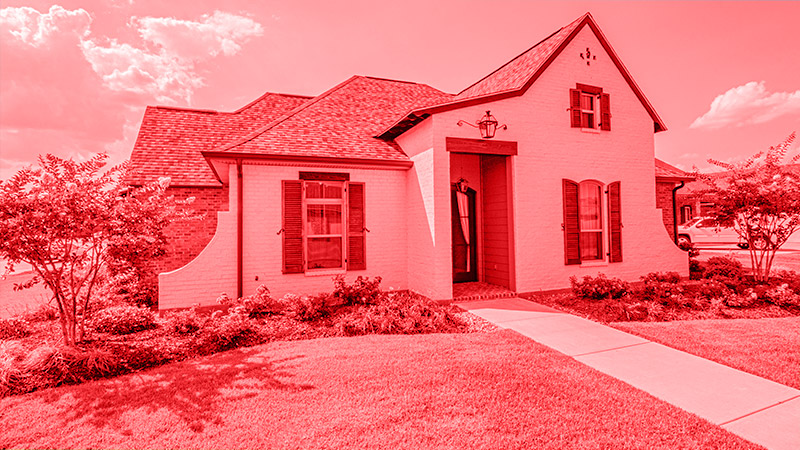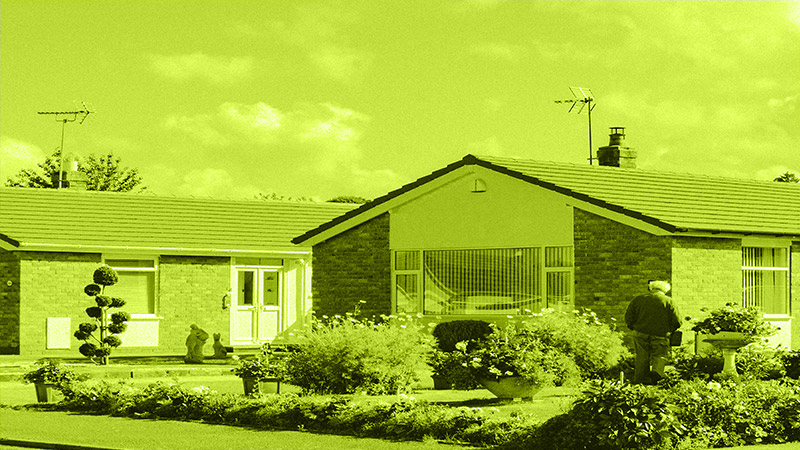Shared Ownership Remortgages


Shared ownership mortgages provide an opportunity for aspiring homeowners and first-time buyers who find it challenging to purchase a property outright on the open market to step onto the property ladder.
What are shared ownership remortgages?
Shared ownership remortgages allow you to increase your ownership percentage in a property initially purchased through the shared ownership scheme.
To fully grasp the concept of shared ownership remortgages, it’s essential to understand the basics of shared ownership mortgages.
Contrary to what the name might suggest, shared ownership doesn’t mean co-habiting with others. Rather, it involves sharing property ownership with a housing association.
This government-supported initiative allows qualifying buyers to purchase a percentage share of a leasehold property rather than paying the full market price.
Since you only need to secure a mortgage for your chosen share, the required deposit is significantly lower compared to purchasing the entire property.
Your initial ownership share typically ranges from 10% to 75%, and you pay rent to a housing association or local authority on the remaining portion.
Through the remortgage process, shared ownership remortgages enable you to gradually increase your shares up to 100% until you achieve full ownership, known as staircasing.
A shared ownership remortgage might also involve negotiating new terms with a lender for your owned portion of the property.
Related quick help remortgage guides:
- Remortgaging on maternity leave
- How soon can I remortgage?
- Shared ownership remortgages
- How long does it take to remortgage?
- How to remortgage for an extension
Shared ownership staircasing
Staircasing in shared ownership involves gradually increasing your percentage ownership of the property, with the potential to achieve full ownership.
As you purchase additional shares, your rent payments decrease while your mortgage payments increase proportionally.
Upon reaching 100% ownership, you’ll only be responsible for mortgage payments, service charges, and ground rent, with no further rent obligations.
Recent staircasing regulations now permit annual 1% increases for 15 years from the initial purchase date.
You can fund this 1% increase through personal savings, requesting a further advance from your current lender, or pursuing a shared ownership remortgage.
Further advances: This option involves your existing lender providing additional funds to increase your property share.
Shared ownership remortgage: If your current lender’s terms aren’t suitable, you can switch to a new lender, securing a larger loan to repay the existing mortgage and purchase additional shares with the extra funds.
Previously, homeowners were limited to three applications for additional shares, with the final application resulting in complete property ownership.
Recent policy amendments have removed restrictions on the number of staircasing applications for many properties.

Shared ownership remortgaging process
1. Consult your existing lender
Get in touch with your current mortgage provider to obtain a redemption quote and explore their available options.
Many lenders provide competitive rates to existing customers considering switching, and staying with your current provider can streamline the shared ownership remortgage process whilst reducing associated costs.
Nevertheless, it’s prudent to explore the broader market, even if your current lender’s offer seems attractive.
2. Contact your housing association
Terms and conditions for shared ownership can vary depending on your specific housing association or local council scheme.
It’s essential to notify your housing association of your remortgage intentions, as they must approve the arrangement and may levy a small administrative fee.
They need to verify that the new mortgage meets their criteria and requirements.
Some properties come with specific restrictions, such as not being eligible for use as a second home, so thoroughly review your lease terms for any constraints.
3. Property valuation
Following your housing association notification, they typically require a property valuation to determine your share’s worth.
This valuation helps establish your property equity position and the value of any additional shares you’re considering purchasing.
Most housing associations only accept valuations from surveyors accredited by the Royal Institution of Chartered Surveyors (RICS).
Make sure you select an RICS-qualified surveyor for the valuation. Housing associations usually provide a list of approved surveyors.
Remember that valuations are valid for just three months, so ensure you’re prepared to complete your remortgage within this timeframe.
If the valuation expires, you’ll need to arrange another one, incurring additional expenses.
4. Decision time
If you opt to change lenders, the remortgage process mirrors a new mortgage application. You’ll need to provide your current mortgage statement, comprehensive details, income verification, and payment history.
The new lender will perform a credit check to verify you have no adverse credit history, such as defaults, missed payments, or CCJs.
Submit all required documentation promptly to prevent unnecessary delays in the process.
The remortgage application typically takes between four to eight weeks. Your solicitor can coordinate completion to coincide with your current mortgage deal’s expiry, helping you avoid early redemption penalties.
Once the legal process concludes, you can proceed with your new mortgage provider. When approaching the end of your new term or three months before, you can initiate the process again.
Related reading:
Costs involved in shared ownership remortgages
The shared ownership remortgage process typically involves higher costs compared to standard mortgages due to the limited number of specialist lenders in this niche market. This reduced competition often results in less favourable terms.
You should anticipate several fees throughout the process, including:
- Property valuation charges
- Lender arrangement fees (whether staying with your current provider or switching)
- Administrative costs
- Solicitor’s fees
- Stamp duty charges (applicable when purchasing additional shares exceeding 80%)
Whilst remaining with your existing lender often presents the most cost-effective route for a shared ownership remortgage, it’s crucial to conduct thorough market research before making your final decision.
Some mortgage providers may offer incentives, such as covering various fees associated with the remortgage process as part of their package.
Mortgageable offers a free Equifax Credit Report as part of its service, with no obligation to proceed. Something worth considering.
Shared Ownership Remortgages Final Thoughts
The unique nature of shared ownership remortgages means they often require additional time for completion compared to standard remortgages.
To navigate this specialised market effectively, consulting a mortgage broker with expertise in shared ownership arrangements can prove invaluable. Their knowledge can help secure the most suitable deal whilst avoiding unnecessary expenses and complications.
Ring us today on 03330 90 60 30. Our specialist advisors are ready to discuss your options in detail.
















